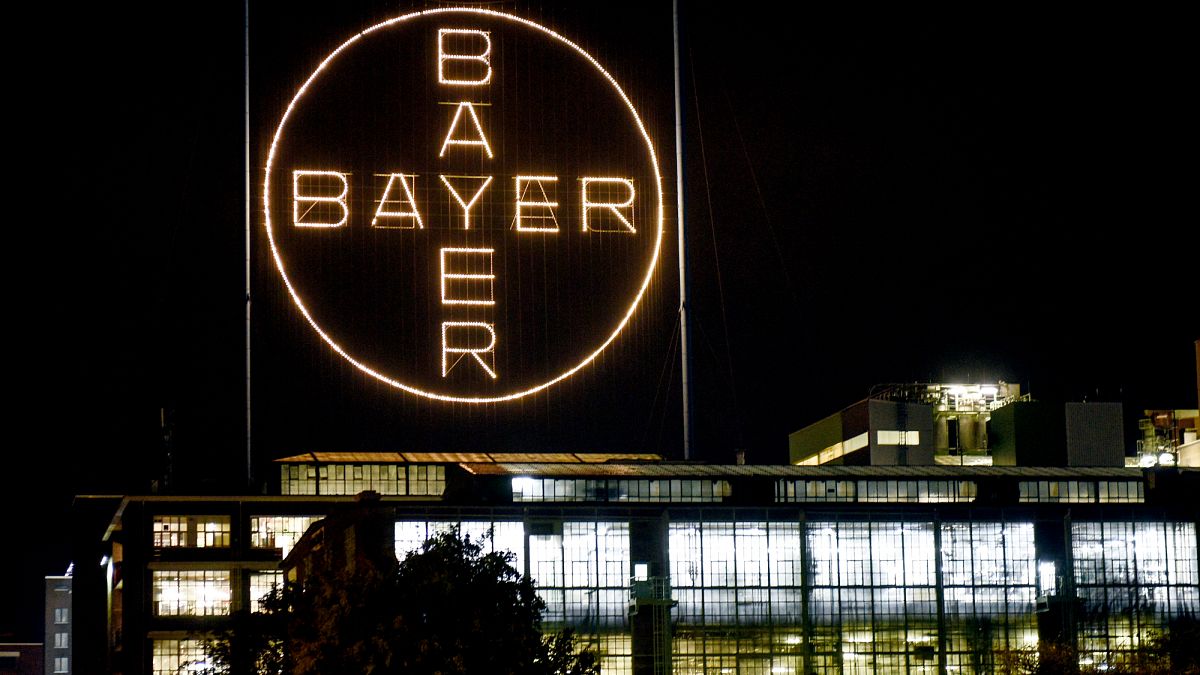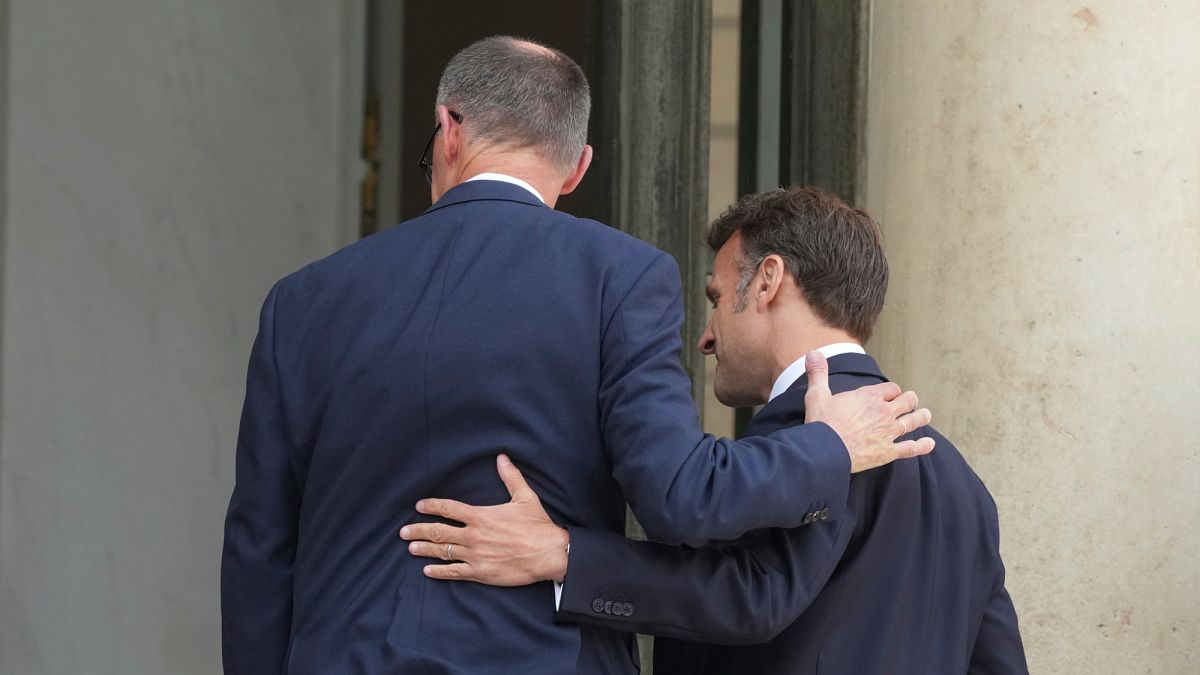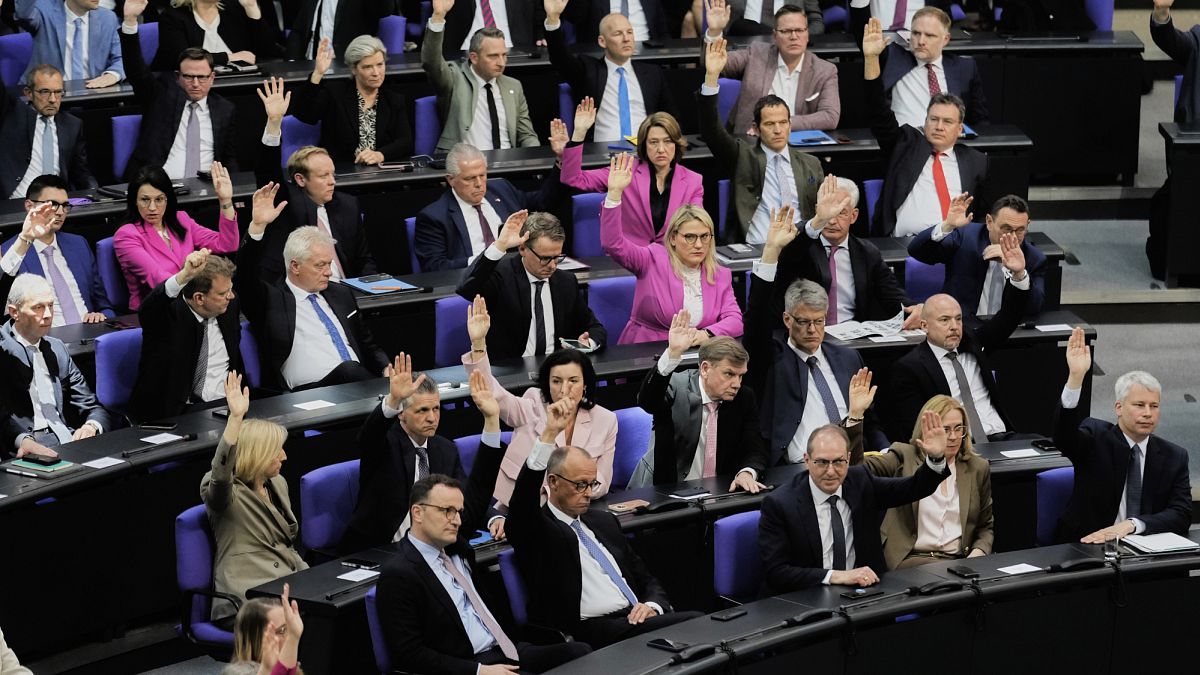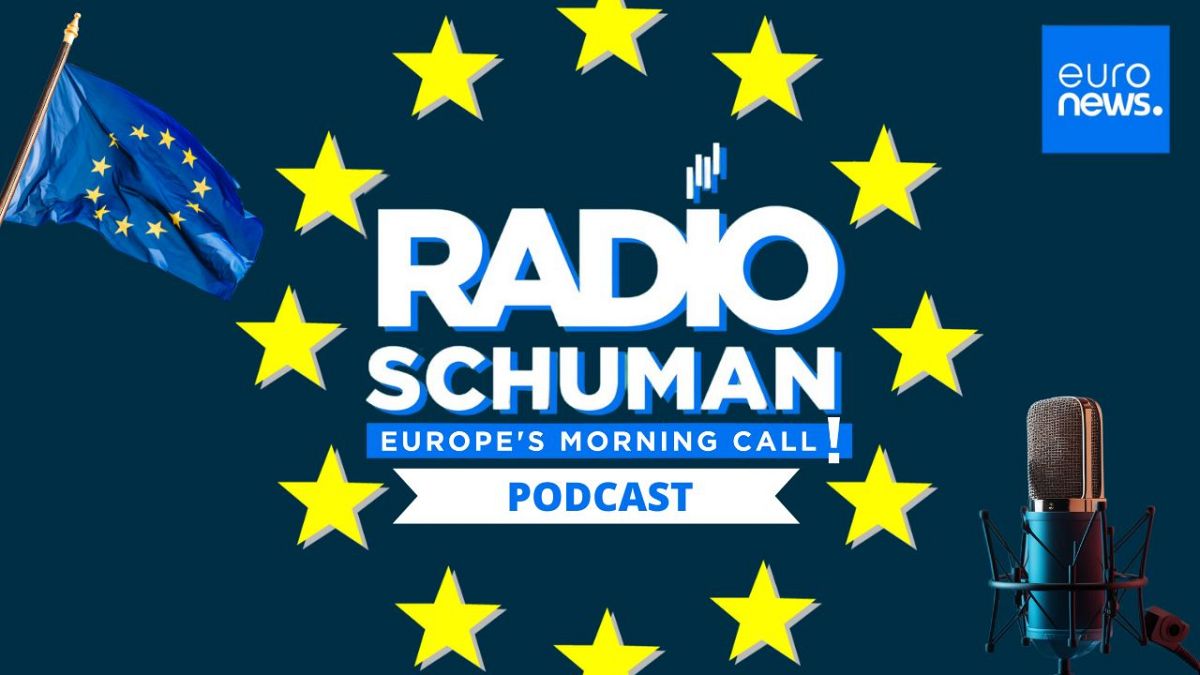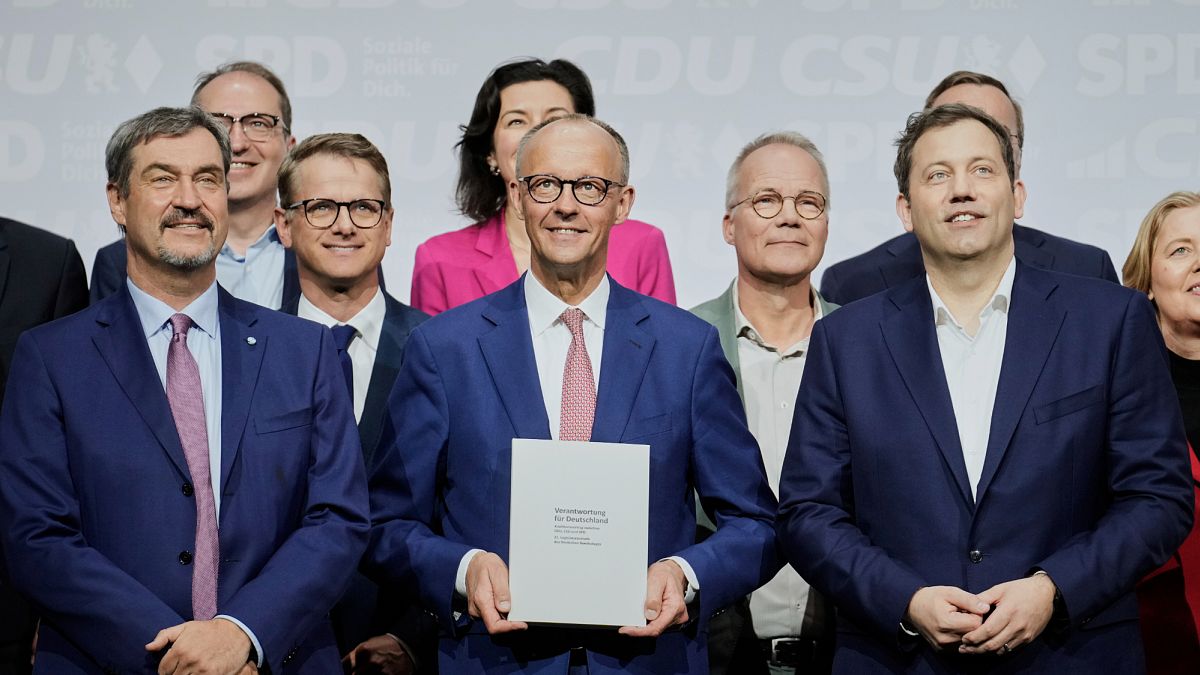ECB highlights ‘fragile’ economic recovery, praises Draghi’s reforms

The ECB cut rates by 25 basis points in September, citing “appropriate” action due to disinflation and a “fragile” recovery, meeting account shows. Risks to growth remain tilted to the downside. Policymakers urged structural reforms, as highlighted by Draghi.
The European Central Bank (ECB)’s decision to cut interest rates by 25 basis points in September was deemed “appropriate” by policymakers in response to ongoing disinflation, as the eurozone’s economic recovery showed signs of faltering.
According to the meeting account published on Thursday, while the ECB remains confident that inflation is on track to hit the 2% target, the broader recovery is seen as “fragile,” with risks to growth increasingly tilted to the downside.
The rate cut was part of a broader strategy to ease monetary policy while preventing inflation from re-accelerating.
Structural reforms highlighted
In addition to monetary adjustments, the ECB members stressed the need for fiscal and structural reforms to boost the eurozone’s long-term competitiveness.
Former ECB President Mario Draghi’s landmark report published last month warned that Europe risks falling behind the United States and China unless it invests more in technology and productivity.
Policymakers in Frankfurt urged governments to implement policies aimed at enhancing productivity and industrial competitiveness to complement its monetary policies.
“The report was seen as taking a long-term view on the challenges facing Europe, with the basic underlying question of how Europeans could remain in control of their own destiny,” the account stated.
Inflation progress, but concerns linger
ECB members were optimistic about inflation’s steady decline, with recent data strengthening their belief that the 2% target could be reached “in a sustainable and timely manner”.
The ECB remains “optimistic that inflation will stabilise at the 2% target by the end of 2025”. However, members also noted that “headline inflation is likely to remain volatile for the remainder of 2024”.
Concerns remained over the persistence of core inflation, particularly in services, which has stayed elevated since late 2023.
Although improvements in inflation were noted, the ECB stressed it was too early to declare victory against inflation.
Upward revisions in core inflation and surprises in services inflation kept members cautious, prompting a commitment to a meeting-by-meeting approach to policy adjustments.
Weak growth and lower projections
The account highlighted growing concerns over the eurozone’s economic outlook. Growth projections for 2024 and 2025 were downgraded from earlier estimates in June, reflecting subdued economic activity and weakening demand for euro area exports.
Tighter credit conditions have also dampened consumption and investment, contributing to a slower recovery than initially anticipated.
The ECB acknowledged that these factors will likely prolong the economic slowdown.
Gradual easing, but no rush
Looking ahead, the ECB signalled that any further policy easing would be gradual and data-dependent. While the recent rate cut was in response to disinflation, members emphasised that additional rate cuts should be handled cautiously.
The account stated: “There should be no pre-commitment to a particular rate path”, underscoring the need for flexibility as economic conditions evolve.
Some members argued that more aggressive rate cuts could be warranted if downside risks to growth materialise or if inflation declines faster than expected. However, the overall stance remained cautious, with an emphasis on not reversing recent progress in fighting inflation prematurely.
Market reactions
Following the release of the ECB’s meeting account and the latest US inflation data, the euro was trading at 0.1% lower at $1.0930 by 14:40 CET. Investors were digesting the ECB’s cautious tone on economic growth as well as US inflation figures, which exceeded forecasts.
The US annual inflation rate slowed from 2.5% to 2.4% in September, though it came in slightly above expectations of a drop to 2.3%. Additionally, core inflation – excluding volatile food and energy prices – rose unexpectedly from 3.2% to 3.3%, fuelling concerns about the persistence of inflationary pressures in the US economy.
If the euro closes lower on Thursday, it will mark the 10th negative session in the past 11 trading days, reflecting ongoing concerns about the eurozone’s economic outlook and the strength of the US dollar.
European stock indices also dipped, with the Euro STOXX 50 down 0.3%. Spain’s IBEX 35 was the worst performer among major European markets, sliding 0.8%.
The broader sell-off reflects investor caution amid mixed signals from global inflation data and the ECB’s cautious stance on monetary easing.
Source: Euro News







